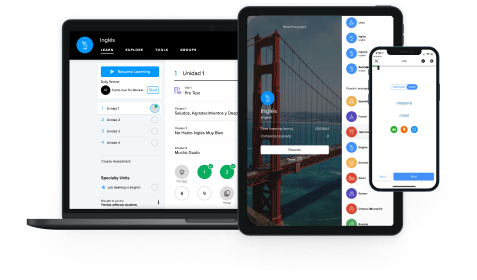이다(to be), 아니다(not to be), and 하다(to do) don’t follow this exception to the conjugation rules.
Dictionary Form | Conjugation | Past Form |
|---|---|---|
이다( to be)* | 이+ 었다 | 이었다 (not 있다) OR 였다 |
아니다(not to be) | 아니+ 었다 | 아니었다 (not 아닜다) |
하다(to do) | 하+ 았다 | 했다 (not 핬다) |
* 이다: Use 였다 when the previous word ending is a vowel (e.g. 의사이다 → 의사였다) and use 이었다 when the previous word ending is a consonant (e.g. 학생이다 → 학생이었다).

